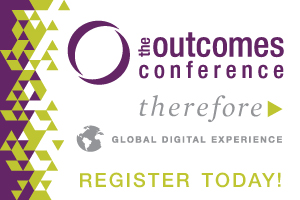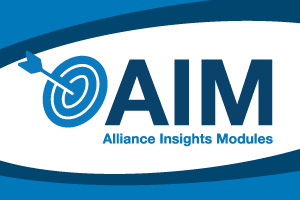
7 Tips for Improving Donor Stewardship By Andrew Olsen
When I think about the word stewardship, I think of the responsibility of taking care of something that belongs to someone else.
The responsibility of taking care of something that belongs to someone else. Think about that for a minute. How does this definition impact the way you think about donors’ gifts? Will it change how you deal with donors in the coming year?
Here are some tips and resources for improving donor stewardship at your organization.
1. Treat people well.
The bottom line with stewardship is that you must treat donors how you’d want to be treated if the tables were turned. Be honest and upfront, and communicate regularly (and clearly). Show appreciation and be sincere in all your dealings. Look for opportunities to create “wow” moments for your donors. And be prompt.
2. Have a written stewardship plan.
Much like documented major gift cultivation plans or annual development plans, your stewardship plan is a road map for your organization to navigate the stewarding of donor contributions. This plan should cover the basics (how/when to receive and thank donors, etc.) and the more specific (who in your office should manage the process, the donor relationships, stewarding significant or unique contributions, etc.). This plan should also describe your process for stewardship recognition (i.e., annual report lists, campaign signage, naming opportunities, special events, etc.). The plan needs to outline how you will report to donors on their investment and the timing for such reports.
3. Follow the plan.
What good is a plan if you don’t follow it, right? If you’ve gone through the trouble of writing the plan and documenting the process, follow it. If parts of the plan are no longer viable for your organization, change them. There’s no sense in doing things that don’t improve donor relationships. Update the plan, then follow it.
4. Don’t assume.
If you don’t know whether a donor wants to receive public recognition for her philanthropy, don’t just assume one way or another. This could create a big problem for both of you. Instead, ask the question and ensure you’ve got permission from the donor before doing anything. You and your donor will both be glad you did. And remember, asking again shows her that you care about her, not just her money.
5. Reporting is critical.
There are dozens of tactics you can use in the stewardship process. Most of them are intelligent ways to engage donors. But ask any donor, and she’ll tell you that more than a fancy nameplate on a wall or the best seat at an event, she wants to know that you’re using her gift wisely and that it is making an impact. Contact your donors regularly to show them how you use their money and what it accomplishes. Here are some ways to do this:
- Monthly newsletters
- Quarterly impact reports (used primarily for unique project campaigns)
- Tours (excellent if you’re in a capital campaign and can show progress toward a goal)
- A dedicated website or page on your leading site where you post regular updates on your progress
- Monthly coffee chats
- CEO’s weekly or monthly e-mail update (very short, bullet point list of recent accomplishments and things to look forward to)
- Shareholder conference calls (these are hugely successful in political fundraising campaigns and could be valuable for nonprofit major and capital gift campaigns as well)
- Annual report
- Visits with program or project management staff
- Informal meetings with board members
6. Throw good parties.
Everyone (well, almost everyone) likes to celebrate success. Create a series of annual events you can use for stewardship and cultivation purposes. These are not solicitation events. They are receptions, dinners, backyard BBQs, CEO round-table discussions, lecture series, etc. They’re geared to report on progress, celebrate your shared successes, focus on donors’ impact on your cause, and show them that you appreciate them.
7. Hire someone to focus on stewardship.
Everyone in your organization should be responsible for stewardship at some level. But you won’t accomplish your goals if you don’t have a specific person responsible for creating the plan and managing the process. In most organizations, this is a Manager or Director of Donor Relations. It can be someone else, but ensure stewardship is the priority in that person’s job description. This role needs to be much bigger than just a glorified event coordinator. So much of your future success depends on getting stewardship right – don’t gamble with this part.
Do you have any other thoughts about donor stewardship?
##
Andrew Olsen, CFRE, is an award-winning fundraiser whose work on behalf of some of the nation’s leading organizations has generated more than $60 million to help change lives, influence public policy, and shape the nation’s political landscape.

What is Christian Leadership Alliance?
Christian Leadership Alliance equips and unites leaders to transform the world for Christ. We are the leaders of Christ-centered organizations who are dedicated to faithful stewardship for greater kingdom impact.
Sign up for FREE blog updates.
Upcoming Events
Check back later!


